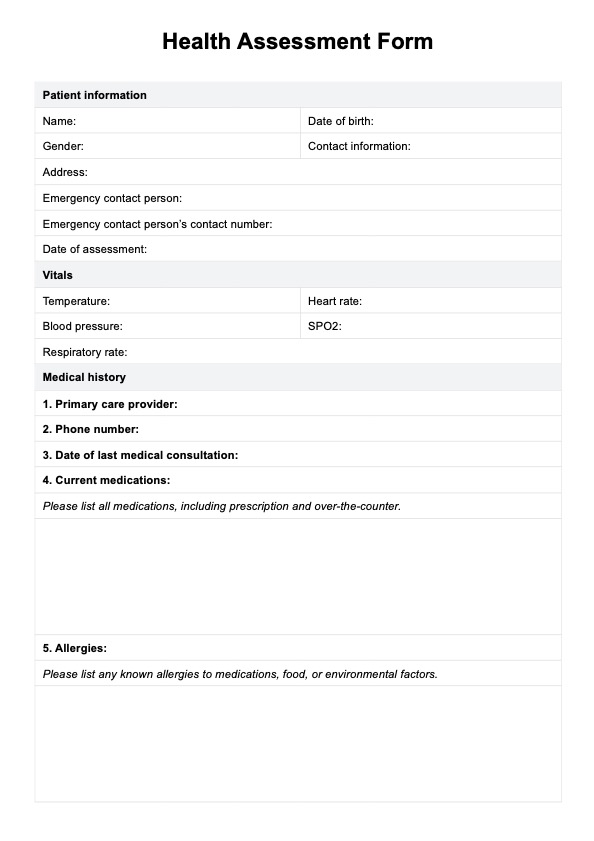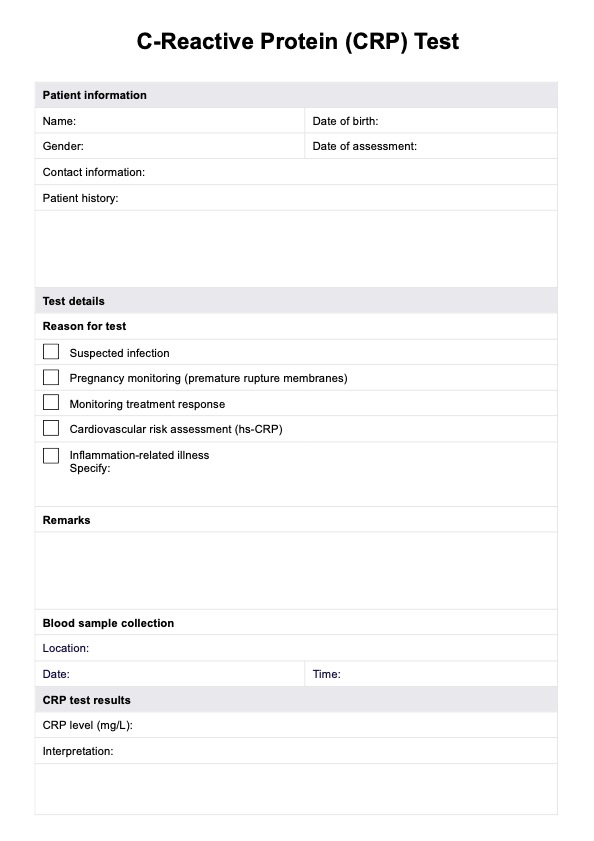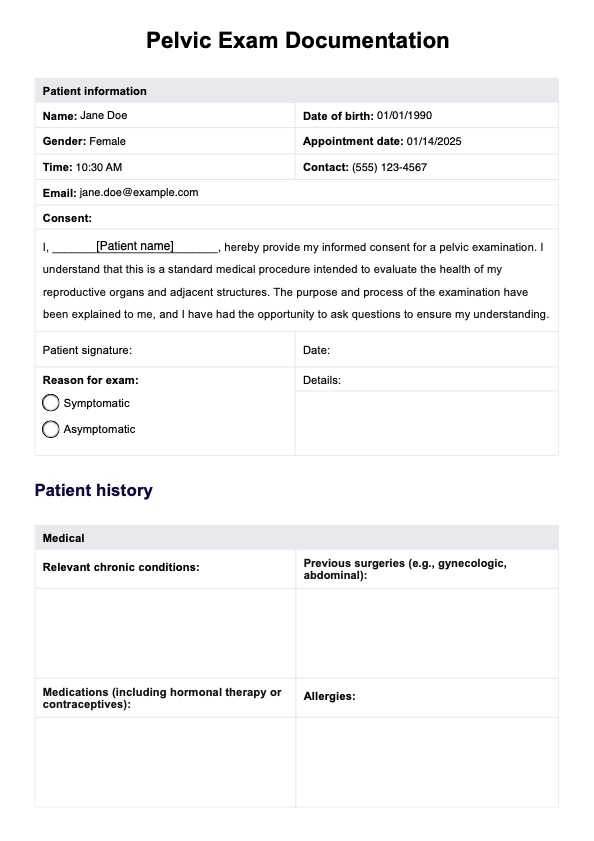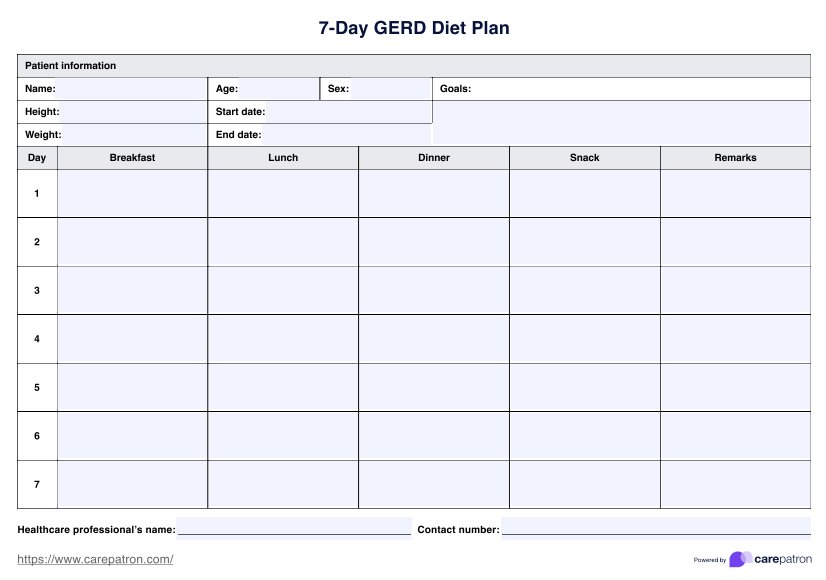COPD Concept Map
Empower patients and nursing teams with Chronic Obstructive Pulmonary Disease (COPD) Concept Map for a compelling treatment journey.


What is chronic obstructive pulmonary disease (COPD)?
A patient might report difficulty breathing after a simple walk, followed by a cough or a heavy feeling in their chest. Often dismissed as signs of aging or a lingering cold, these symptoms could point to something more serious, such as chronic obstructive pulmonary disease (COPD). Recognizing these signs can help address not just physical health but also the emotional and mental toll it may take on clients.
COPD is a lung condition that causes breathing difficulties. Common types are emphysema and chronic bronchitis, where the lungs may become damaged or clogged with mucus. COPD symptoms typically include shortness of breath, a persistent cough, and wheezing (Centers for Disease Control and Prevention, 2024). Tests like spirometry, arterial blood gas tests, and chest X-rays are some of the tests conducted to confirm a COPD diagnosis (National Heart, Lung, and Blood Institute, 2022).
COPD development happens gradually due to several risk factors, including smoking, exposure to workplace dust and chemicals, and indoor air pollution from cooking fuels. COPD can also lead to sudden flare-ups that last a few days and often need additional medication. People with COPD are at greater risk for various health problems, such as lung infections like pneumonia, lung cancer, heart issues, weakened muscles, and mental health concerns like depression and anxiety (World Health Organization, 2023). The condition can be treated through medication administration and lifestyle changes, but it's not curable.
COPD Concept Map Template
COPD Concept Map Example
What is a COPD Concept Map?
The COPD nursing concept map is a comprehensive visual guide for understanding and managing chronic obstructive pulmonary disease. Our concept map includes fields for pathophysiology, manifestations, risk factors, diagnostic/lab tests, potential complications, treatment/medication, nursing interventions, and patient education.
With this template, all you need to do is input relevant information. It's convenient and time-saving, especially for busy healthcare professionals like you.
How to use this COPD Concept Map
Understanding the COPD Concept Map is crucial for managing COPD and tailoring care plans to individual patient needs. Follow the steps below to utilize the COPD Concept Map efficiently.
Step 1: Download the template
Access the COPD Concept Map template by clicking "Use Template", allowing you to customize the resource via the Carepatron app. For a PDF copy, simply choose "Download".
Step 2: Write down COPD pathophysiology and manifestations
Begin by writing down the pathophysiology of COPD, such as chronic inflammation of the airways, progressive airflow limitation, alveolar damage, and increased mucus production. Next, in the manifestations section, highlight the common symptoms of this chronic lung disease, such as a persistent cough, sputum production, wheezing, and chest tightness.
Step 3: Determine risk factors and usual diagnostic/lab tests performed
Recognize the various risk factors that contribute to the development of COPD, including smoking, occupational exposure, respiratory infections, and the natural aging process. Understanding the role of tools and pulmonary function tests in confirming a COPD diagnosis is also essential.
Step 4: Explore potential complications and treatment
Identify potential complications that may arise from COPD, such as respiratory infections, acute exacerbations, respiratory failure, and mental health issues like anxiety and depression. Also, study available treatment modalities, including bronchodilators, pulmonary rehabilitation, and antibiotics.
Step 5: Include nursing interventions and patient education strategies
Learn about essential nursing interventions, including regular respiratory status monitoring, medication administration, and effective oxygen therapy management. Collaborating with respiratory therapists and providing emotional support are also crucial. Don't forget to incorporate patient education strategies to empower patients and their family members to manage the condition effectively.
Benefits of a COPD Concept Map
Here are some benefits one can reap from using a COPD Concept Map.
It provides visual organization of information.
A nursing concept map offers a clear visual layout of important patient details, such as symptoms, treatments, and nursing interventions. This organized approach helps healthcare professionals quickly grasp complex relationships, making it easier to develop effective care plans.
It encourages critical thinking.
Creating and utilizing a COPD Concept Map promotes critical thinking. It allows professionals like you to explore the connections between different aspects of care, leading to more creative solutions and improved patient management.
It serves as an easy reference tool.
It acts as a handy reference tool for quick consultations. Health professionals can quickly glance at the map to refresh their memory about a patient's status or treatment plan, which saves valuable time during busy shifts.
References
Centers for Disease Control and Prevention. (2024, March 29). About COPD. https://www.cdc.gov/copd/about/index.html
National Heart, Lung, and Blood Institute. (2022). COPD - diagnosis. https://www.nhlbi.nih.gov/health/copd/diagnosis
World Health Organization. (2023, March 16). Chronic obstructive pulmonary disease (COPD). https://www.who.int/news-room/fact-sheets/detail/chronic-obstructive-pulmonary-disease-(copd)
Commonly asked questions
The COPD Concept Map is designed for healthcare professionals caring for Chronic Obstructive Pulmonary Disease patients, including nurses, respiratory therapists, and clinicians.
While specifically tailored for COPD, the concept map framework can be adapted for other respiratory conditions, providing a versatile tool for comprehensive patient care planning.
Some nursing interventions for managing COPD include teaching breathing exercises to improve lung function and managing exacerbations through timely assessment and optimized oxygen therapy. Promoting lifestyle changes, such as smoking cessation and proper nutrition, can enhance patient outcomes. During admission, nurses should gather critical information to identify COPD-related nursing diagnoses and create a comprehensive care plan for long-term management.
Yes, assessing patients' dietary habits with COPD could be necessary, as maintaining an appropriate weight and body size may support overall health and lung function. While individual needs can vary, a balanced diet might help manage energy levels and reduce the risk of complications related to the condition. Remember to consider each patient's unique circumstances when discussing dietary changes.



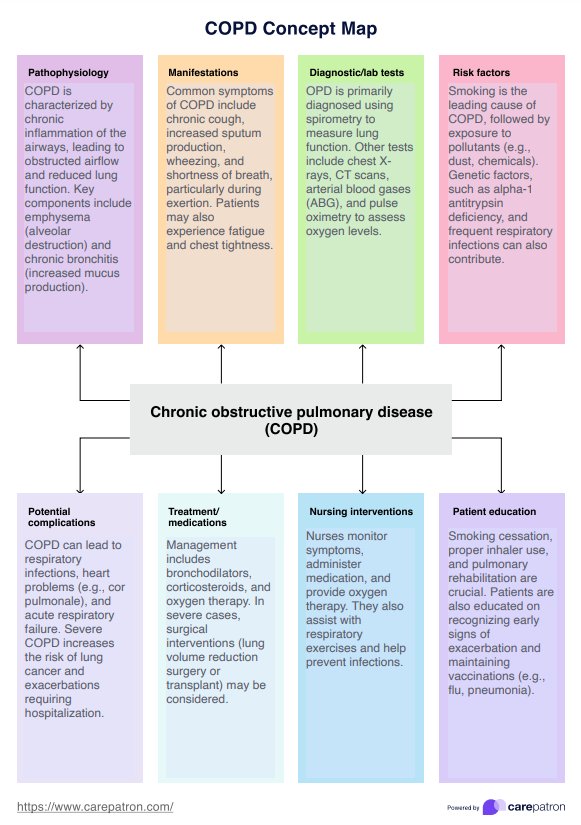

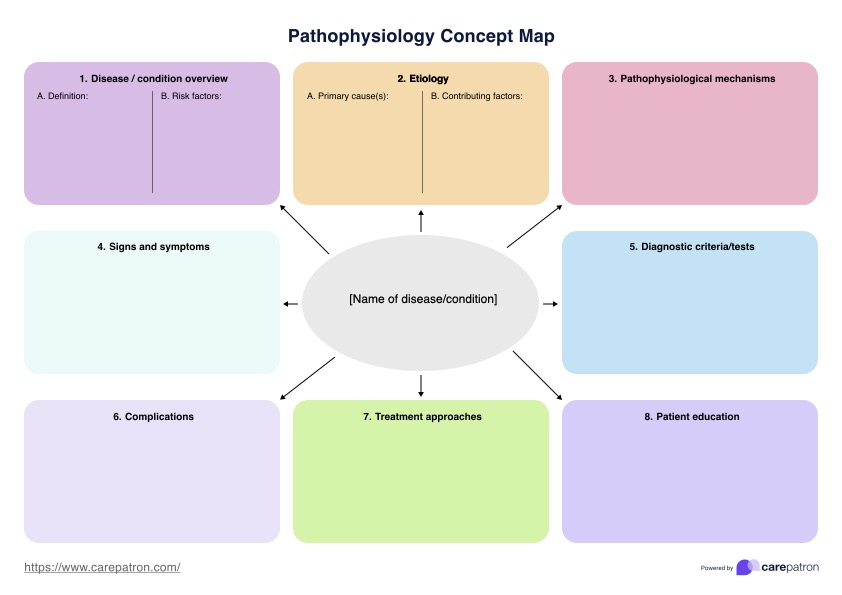








-template.jpg)


























































































